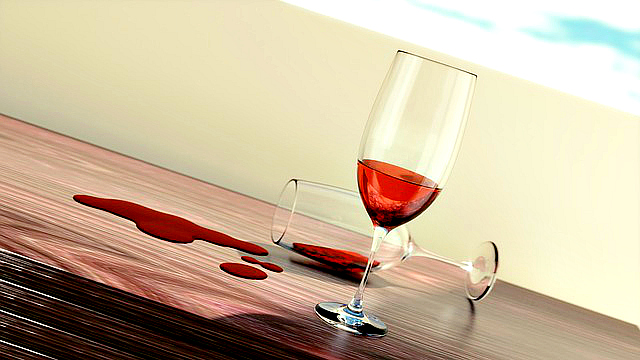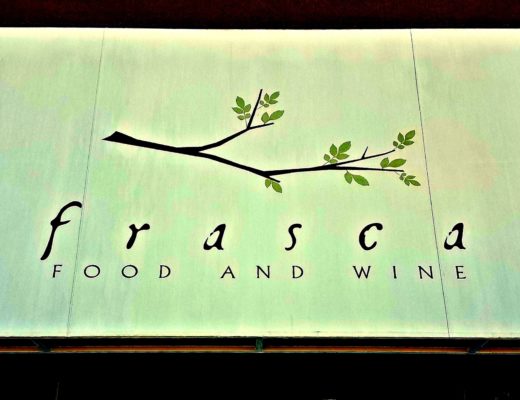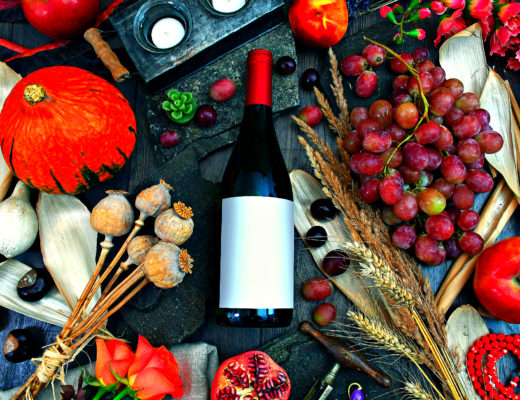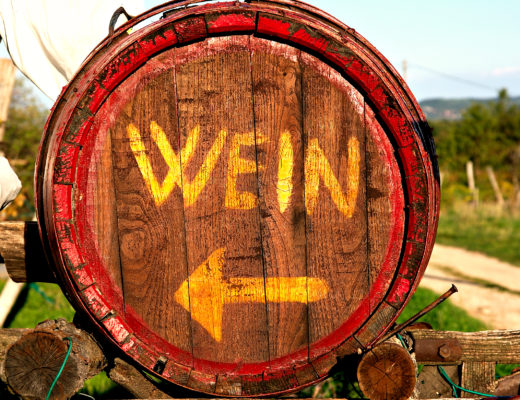Australian wine has fallen out of favor in the past few years amongst Americans. Its quick rise in popularity has left the category in a bit of a descent within recent times. Pigeonholed in the tier of overly extracted and jammy Shiraz, Australian wine is striving to regain its spot as a world leader in wine by showing that it has so much more to offer on the international stage. I was happy to experience this resurgence firsthand at a small luncheon with James Lindner, family proprietor of Langmeil Winery.
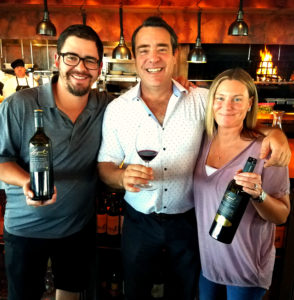
From left to right – Ryan Gerni-Wine Buyer, James Lindner-Langmeil Family Proprietor, and myself at Sierra Restaurant.
Flanked by wine buyers and representatives of the distributorship, I had a great time listening to James and his accounts of the ones who work the hardest at the winery, of which the final outcome of their efforts were offered at the table. As we tasted through several of the wines, a discussion took place about why Americans shell out a premium for over-inflated California Cabernet Sauvignons, but then are quick to shy away from the [sometimes] higher quality and better profiled Australian counterparts. Why is this, and how can we get the good wines from this area back in favor? We can start by illustrating them in their true light, and then put one or two in our carts the next time we’re buying wine. Here are the notes:
- Langmeil, Three Gardens GSM, 2013 – “Old Barossa vignerons referred to their vineyards as gardens. The Three Gardens is a contemporary blend of Grenache, Shiraz and Mataro, varieties grown in the Barossa since the 1840s. The best qualities of each grape have been selected to create this unique premium red blend.” Nice spice with raspberry and blueberry fruit reflect the simplicity in the winemaking process. Spicy and juicy on the palate, this bold but still restrained version of classic Rhone varietals finishes with velvety tannins.
- Langmeil, Blacksmith Cabernet Sauvignon, 2016 – “In 1842 a 32 year old Blacksmith, Christian Auricht, arrived from Prussia with his wife and four children. He settled in the new hamlet of Lamgmeil and built a blacksmith shop in what became the village’s trading area. His original shop remains a feature of the winery’s heritage today.” Menthol, tobacco, leather, cassis and eucalyptus come together in this beautiful Cabernet Sauvignon cultivated in red clay, limestone and blue stone soils. Nice, brisk and crisp, this certainly isn’t overly jammy. A bright finish lends itself to woody tannins and pairs well with several of the dishes we have at the table. A fun feat for a Cabernet.
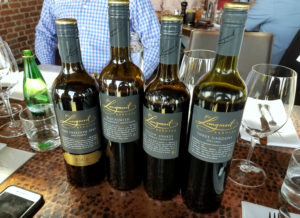
The lineup from left to right – “The Freedom” Shiraz, Blacksmith Cabernet Sauvignon, Hangin’ Snakes Shiraz/Viognier blend, and Three Gardens SMG.
- Langmeil, Hangin’ Snakes Shiraz Viognier, 2016 – “Speaking a local dialect known as ‘Barossa Deutsch’, a blend of German and English that embodies the history of the district, one of Langmeil’s growers Wally Krieg didn’t curse, just as his forbears didn’t, but in the heat of the vintage was often heard to mutter “Hangin’ Snakes!”. More red fruit, herb and mint. Shiraz and Viognier is a bit of an odd sell, but the Viognier gives it some lightness and acidity. The tannins are just slightly more pronounced than the Three Gardens, and offer a unique structure on the finish.
- Langmeil, “The Freedom” 1843, Shiraz, 2016 – “Langmeil is home to The Freedom Shiraz vineyard, which we believe was planted in 1843 by vigneron Christian Auricht. Escaping war and persecution in Prussia, Auricht traveled to his new homeland, finding Freedom in the Barossa Valley. His original plantings survive to this day and at 172 years old are some of the oldest and rarest vines in the world.” This smells like a very expensive domestic Cab, but surprise, it’s a relatively expensive Australian Shiraz. Rich and concentrated dark fruits present themselves without being overly weighty. Fantastic depth and a layered aspect of acidity allows for a lift on the back of the palate with a medium-plus finish. Put this in front of almost anyone who loves showcase Cali Cabs, and they will be converted!
If these wines are offered in your local wine store, I urge you to try them. Let’s compare notes and see if you agree.

